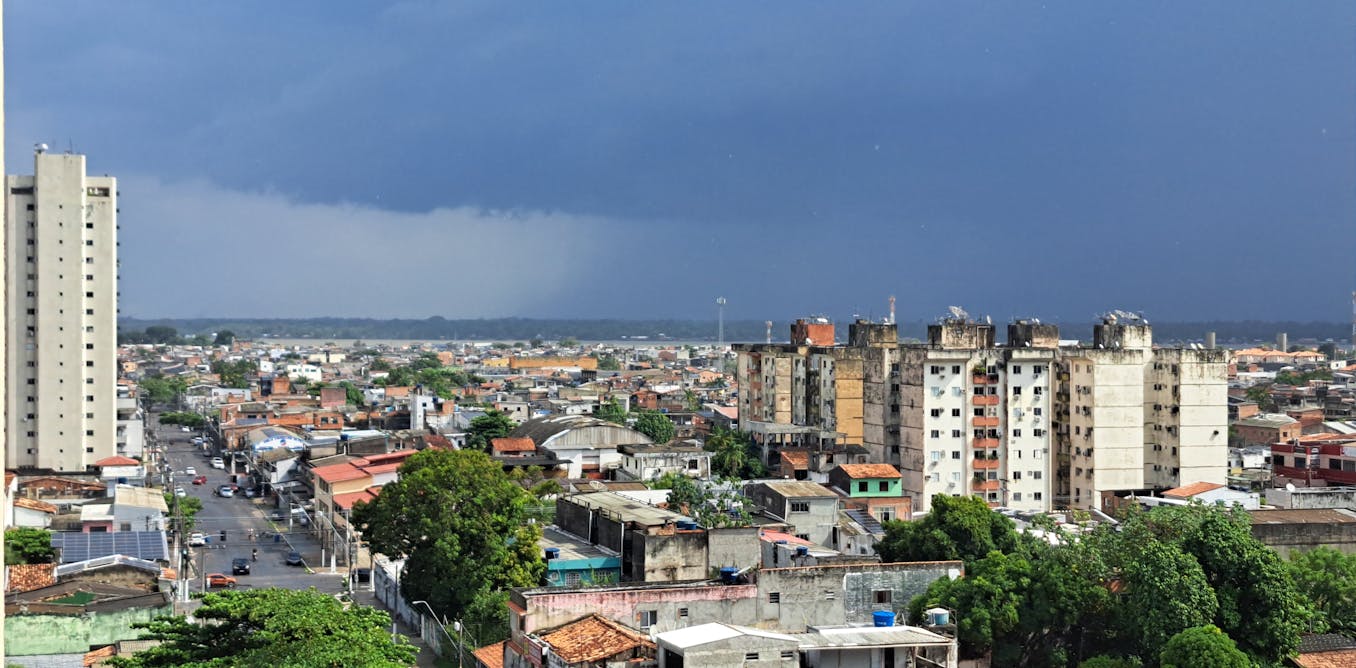Israel-Iran Crisis Escalates: A Deep Dive into the Latest Developments
The ongoing Israel-Iran conflict has reached a critical juncture as the Iranian government confirms a staggering death toll of over 400 individuals and more than 3,000 injuries in the aftermath of Israel’s intense aerial bombardments, which began on June 13. The situation escalated further with the reported killing of Saeed Izadi, a senior commander of the Quds Force’s Palestinian Corps, during an Israeli strike in Qom. This high-profile casualty has sent shockwaves through Iran’s military and political leadership, precipitating a potential shift in the conflict’s dynamics.
A New Wave of Attacks
The latest round of Israeli airstrikes has targeted key military installations deep within Iranian territory, specifically in Shiraz, located in the Fars province. These assaults represent a significant escalation in military operations, pushing the conflict beyond standard retaliatory measures and into the realm of all-out confrontation. The attacks have drawn sharp rebukes from Iranian officials, with Foreign Minister Abbas Araghchi condemning Israeli “aggression” and warning that U.S. involvement in this conflict could have dire implications for both parties and the broader Middle Eastern region.
Regional and Global Reactions
The response from regional leaders has been equally urgent. Turkish President Recep Tayyip Erdogan has vehemently accused Israel of undermining potential nuclear negotiations between Tehran and Washington. His calls for immediate de-escalation reflect growing concerns about the conflict spilling beyond bilateral hostilities, threatening to ignite a wider regional war.
As the conflict escalates, the rhetoric from both sides becomes increasingly charged. Iranian officials have vowed retaliation, while Israeli military planners continue to assess additional targets within Iran. The potential for a missile exchange between the two nations looms large, raising fears of civilian casualties and further destabilization in an already volatile region.
Analyzing the Fallout
Expert analysts emphasize that this escalation could lead to significant ramifications not just for Israel and Iran but for U.S. interests in the Middle East as well. The longstanding tensions surrounding Iran’s nuclear ambitions complicate the situation further. The prospect of renewed U.S. sanctions or military involvement could heighten risks. Moreover, the involvement of global powers and regional actors such as Turkey adds layers of complexity to an already intricate geopolitical landscape.
The Road Ahead
In the wake of these alarming developments, the international community is closely monitoring the situation, recognizing the potential for rapid escalation. Diplomatic efforts may prove challenging as long-standing grievances between the two nations fuel animosity and mistrust. As each side prepares for the next phase of conflict, the pivotal question remains: what will be the broader implications for regional stability, international diplomacy, and humanitarian conditions on the ground?
Conclusion
The Israel-Iran crisis is at a tipping point, and the ramifications of these recent developments will likely reverberate far beyond the immediate region. With both sides on high alert, the coming days will be crucial in determining whether they will seek a path toward de-escalation or continue down a road marked by violence and retaliation. The world watches closely, hope dimming for a peaceful resolution amidst escalating tensions and civil unrest.
Watch the video by Al Jazeera English
Video “Israel-Iran Crisis – Sunday 21th I Latest Update with in-depth analysis” was uploaded on 06/21/2025 to Youtube Channel Al Jazeera English







































Judging by those missiles dropping out the sky , War isn't something the human race should take part in..
Block me again UN conversation Russia and me we I heard everything they said Russia I don’t know what happened why? Across by her? Everything and I heard the person before that so maybe my Internet is very good so don’t cut me off again. I don’t need to be rude. I’m very quant woman I can speak normally
UNO has to pass bill for separate burial ground for war death victims burried Near by uno sourranding area
Accountable
Iran has all the right to defend itself… stop the madness… stop the genocide
Your station is bias. You arevalways blaming Isreal, not counting Khameneis evils
Sunday?
Iran needs to stick to its plan. Stay within international law.
How long before israel attack US under a false flag. They've done it before. What's to stop them now..Netanyahu is taking more and more risks to save his own skin.
Whilst western media painted the marches in iran as marching against the regime, when it's clearly so wrong..
Any president or prime minister wants go to they have to mortgage their stake or property to the government or UNO branch office
Million dollars idea
Today is Saturday 21
🇮🇷🇮🇷🇮🇷🇮🇷🇮🇷🇮🇷
Maaaaaaashaaaaaa Allah
Good going Iran
For your information today is Saturday not Sunday…you are correct in the date of June 21…happy summer soloist.
21st is Saturday not Sunday
American taxpayer's money should not be spent on Israel's racism. The American people need to realize this.
Americans do not want war.
The American government has absolutely been involved since the beginning.
I live in the Pacific and as a neutral observer, the hypocrisy of Israel and the US is abysmal. Israel has a nuclear weapon and has not allowed the IAEA to conduct inspections. Why is Israel so special to every other country in the world?
Does the Iranian people get to vote in their leaders ??
🇮🇱🇮🇱🇮🇱🇮🇱🇮🇱🇮🇱🇮🇱👏🏼👏🏼👏🏼👏🏼👏🏼👏🏼
One must go… It's called peace….
Senseless violence for what power? It’s enough gold money fortune for everyone on the planet to be wealthy. Why can’t we love and tend to nature be one with all ? Why do they have to go against every law under nature and say they are gods chosen people? To be one with god is to be one with nature right? What is this ? Why is war tolerated by we the people? Do we forget we DONT WORK FOR THEM!!!!
Iran wasting all missiles, can sustain next 2 weeks?
Our boss said NO NEGOCIATIONS”
21ST
Here we are in total madness.
om namah sibaya ! believe in humanity , peace and love
Nithenyahu comparing deaths of Israeli people with the weeding of his son means have no mercy and love for his people.Doing this for his personal benefit and running away from opposition.
Iran could easily buy fuel for their one operating reactor, but they would rather talk about it for the next one hundred years. Iran will no longer be allowed to enrich uranium and if their leader, the Ayatollah, attacks Israeli civilians instead of military targets, he will be eliminated and tRump won't have a say in it. There's more where that came from.
21st
Today is Saturday not sunday
IDF use human shields
Sunday 21th?
No war
Peaceful talks as expected had very “positive “outcome. Fknhell GOOOOOOOOD MORNING VIETNAM! Ones again!
American President opens the door for hypocrisy and not diplomacy.
Free pancakes 🥞
Sunday 21th😂? Your news seem not be very accurate, loves.
Benjamin N. stirs the pot for over 30 years. Result – his sons wedding canceled, twice….
What a time to be alive
Now what , Iran wants to talk? Hahahaha scared ey
What is Sunday 21th? Lol
Remember If you shoot a ball at wall then it will return to you back.
Iran would be crazy to give up their defense. They are always being attacked by Israel. Are western nations out of touch?
❤️🇮🇱🇮🇱🇮🇱
But is it not 2 days back Iranian Supreme leaders says they don't ask any talk in this war with USA.
Now why are you opening the door wanting to talk to USA?
Yeah so Israel can make Iran look like Gaza.
The majority of Iran's neighbors do not want them to have nuclear bombs. It's that easy. No nuclear bombs